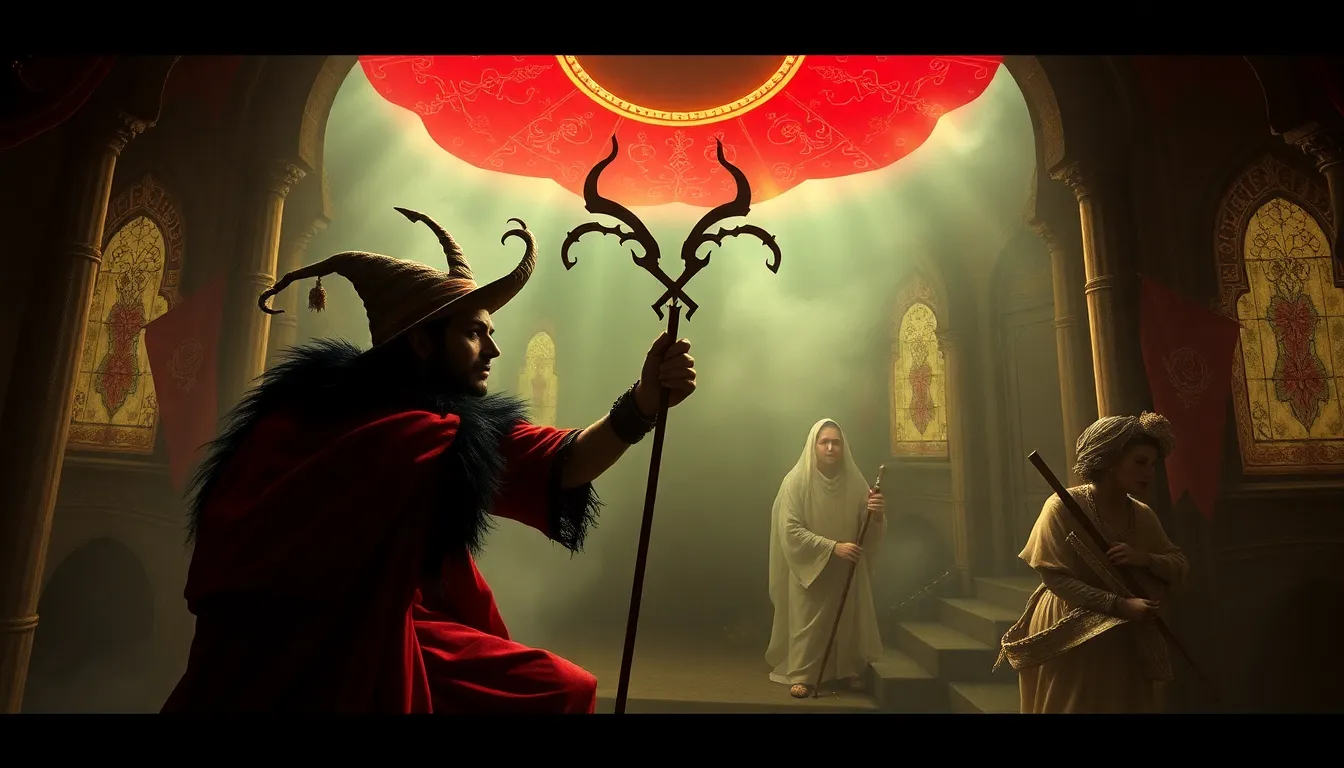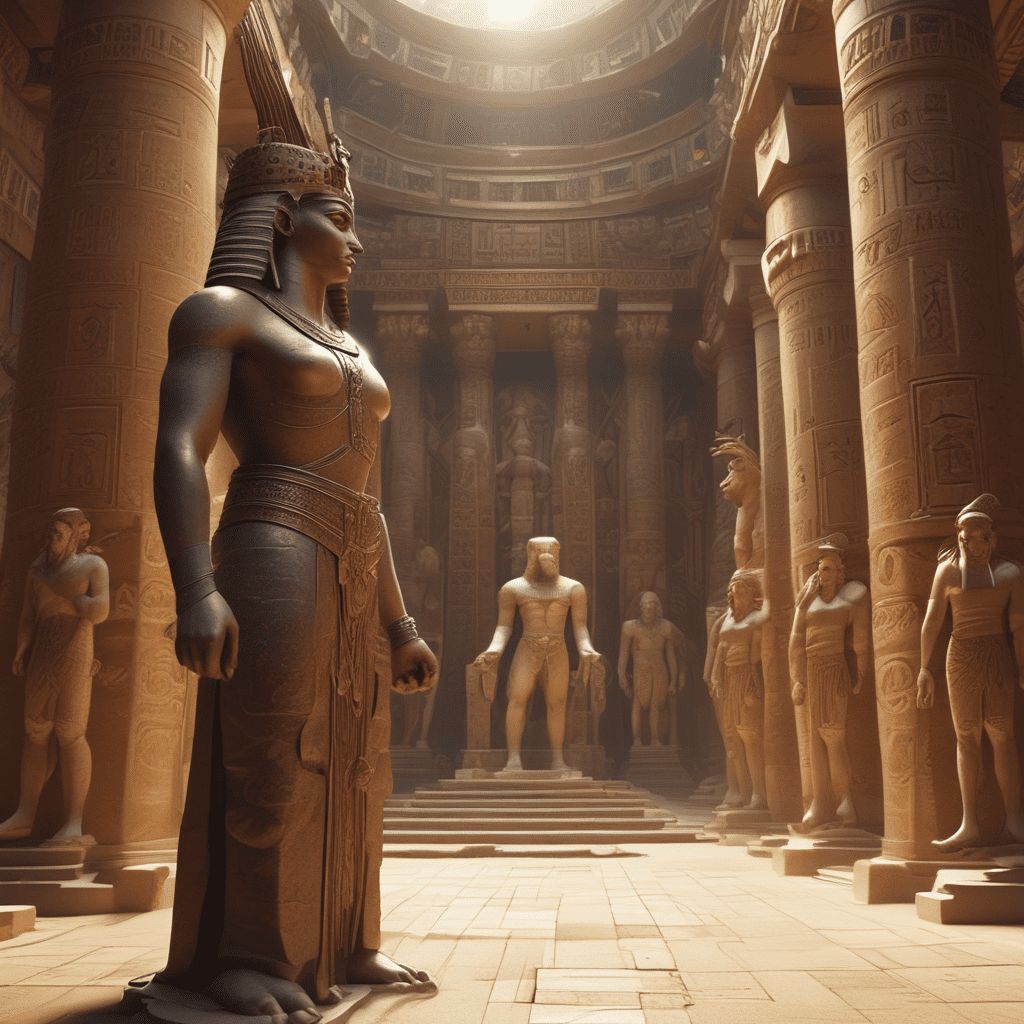The Trickster’s Influence on Modern Comedy and Satire
Introduction to the Trickster Archetype
The trickster archetype is a fascinating figure that appears in various cultures and mythologies throughout history. Defined by characteristics such as cunning, humor, and a penchant for bending rules, the trickster often embodies a dual nature—both a creator and a disruptor. Historical origins of the trickster can be traced back to folklore and mythology, where figures like Hermes from Greek mythology and Loki from Norse mythology played pivotal roles in their respective stories.
The trickster serves as a cultural commentary tool, highlighting societal norms and expectations while also challenging them. By using wit and deception, the trickster can expose hypocrisy and provoke thought, making this archetype a vital component in the evolution of comedy and satire.
The Evolution of the Trickster in Literature and Performance
The trickster’s evolution is evident in literature and performance across centuries. Key literary figures such as:
- Hermes: The Greek messenger god known for his cleverness.
- Loki: The Norse god of mischief, who often brought chaos to the gods.
- Shakespeare’s Fools: Characters like Feste in “Twelfth Night,” who used humor to convey deeper truths.
In early theater, the trickster played a crucial role in comedic performance, often serving as a foil to more serious characters. This transition into modern narratives has allowed for more complex character development, where the trickster can reflect contemporary societal issues while maintaining their humorous edge.
The Trickster’s Role in Satire
Satire is a genre that employs humor, irony, and exaggeration to critique and challenge societal norms. Tricksters serve as effective satirical devices, using their wit to call attention to societal flaws. Examples of trickster figures in classic satirical works include:
- Don Quixote: A character whose misguided adventures reveal the absurdities of chivalric ideals.
- Swift’s Gulliver: A traveler who critiques human nature and politics through his fantastical experiences.
These tricksters illustrate how humor can be a powerful tool in challenging authority and provoking change.
Influence of the Trickster in 20th Century Comedy
The 20th century saw the rise of absurdist and surreal comedy, where the trickster archetype flourished. Notable comedians like Richard Pryor and George Carlin adopted trickster-like personas, using their platform to critique societal issues with biting humor. Their performances often blurred the lines between comedy and serious social commentary.
Television also embraced the trickster’s influence, with shows like Saturday Night Live at the forefront of political satire. The show’s cast members often embodied trickster qualities, challenging political figures and societal norms through humor.
Contemporary Trickster Figures in Film and Television
Modern films and television series continue to feature trickster characters that resonate with audiences. Notable examples include:
- “Deadpool”: A superhero known for breaking the fourth wall and subverting traditional genre conventions.
- “The Joker”: A complex character who embodies chaos and challenges moral boundaries.
In popular television series like The Office and Rick and Morty, trickster figures add depth and humor, often reflecting societal issues and audience perceptions. These characters resonate with viewers by showcasing the absurdities of everyday life and the complexities of human nature.
The Trickster’s Influence on Internet Comedy and Memes
The digital age has seen the evolution of the trickster in internet culture. Memes, often characterized by humor and satire, embody trickster qualities through their ability to comment on current events and societal norms. Viral content creators, like social media influencers, can be viewed as modern-day tricksters, using their platforms to challenge perceptions and entertain.
Examples of how memes embody trickster qualities include:
- Irony and sarcasm to critique social norms.
- Subverting expectations through unexpected punchlines.
- Creating relatable content that speaks to shared experiences.
Cultural Appropriation and the Trickster’s Complex Legacy
As the trickster figure continues to evolve, discussions about cultural sensitivity and appropriation arise. The balance between homage and exploitation in modern interpretations is delicate. Case studies of controversial representations of tricksters in media often highlight the importance of understanding the cultural backgrounds from which these figures originate.
It is essential to respect the origins of trickster characters while also recognizing their adaptability in contemporary contexts, ensuring that their legacy is honored rather than misrepresented.
The Psychological Appeal of the Trickster in Comedy
Audiences are drawn to trickster characters for various psychological reasons. The humor and satire these characters embody can provide relief from societal pressures and serve as a coping mechanism. The trickster symbolizes rebellion and freedom, appealing to our desire to challenge authority and question societal norms.
Furthermore, the psychological benefits of humor, such as stress relief and enhanced perspective, make tricksters appealing figures that resonate with audiences on multiple levels.
Future Trends: The Trickster in an Evolving Media Landscape
As media continues to evolve, the trickster’s role may expand into new forms of storytelling and platforms. Predictions for the trickster’s future include:
- Increased representation of diverse trickster figures that reflect various cultural backgrounds.
- Enhanced use of technology to create interactive and immersive experiences featuring trickster narratives.
- Continued blending of genres, where tricksters can thrive in both dramatic and comedic contexts.
As society navigates complex issues, the trickster will likely remain a vital figure in comedy and satire, providing commentary and humor while challenging the status quo.


